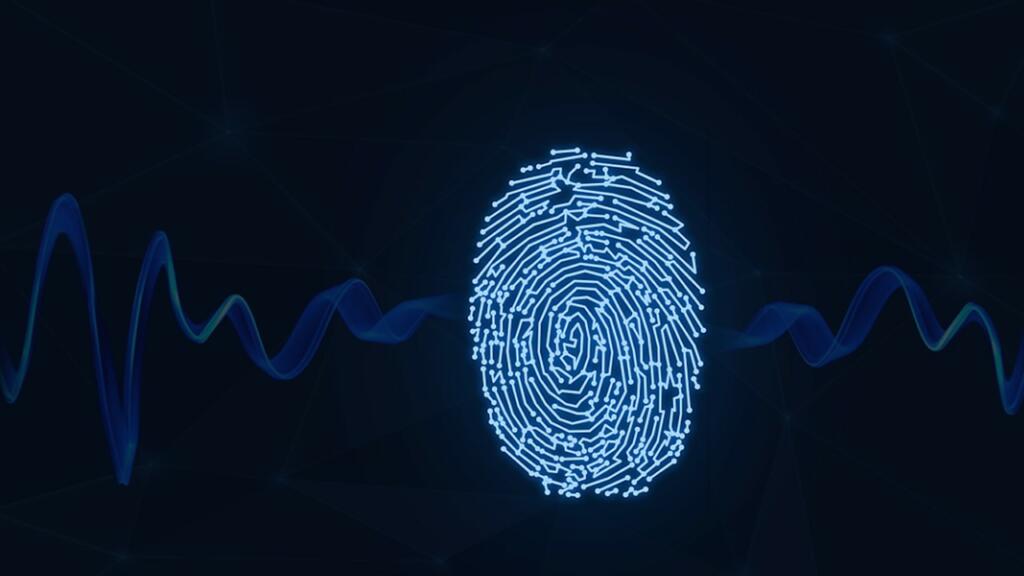Fingerprints are one of the most unique and recognisable features of a person. They are used as a means of identification in criminal investigations and to grant access to secure buildings and devices. But what makes fingerprints so special, and how do they form?
How Do Fingerprints Evolve Over Time?
The science behind fingerprints is fascinating, and it all starts in the womb. The skin on the fingers and toes begins to form ridges known as friction ridges during foetal development. These ridges help the foetus grip and move in the womb. The pattern of the friction ridges is determined by the genetics of the individual and the way the fingers develop in the womb. No two people have exactly the same fingerprint pattern, making fingerprints an ideal identifier.
Fingerprints are classified into three main types: arches, loops, and whorls. Arches are the least common type of fingerprint, characterised by ridges that run from one side of the finger to the other without forming a loop. Loops are the most common type of fingerprint, and as the name suggests, they form a loop shape. Whorls are circular patterns that often have a spiral-like appearance.
Also read: Explaining the vast and complicated Sanatan method of measuring time
Fingerprints are formed by the papillary ridges on the skin, which are raised areas that run perpendicular to the sweat pores on the fingertips. The ridges help to increase the friction and grip on surfaces, and they also contain sweat glands that produce sweat, leaving behind a unique ridge pattern on the surface.
The unique pattern of a person’s fingerprint is created by the combination of ridge endings, ridge bifurcations, and ridge formations. Ridge endings are the points where a ridge stops, and ridge bifurcations are the points where a ridge splits into two. The number and placement of ridge endings and bifurcations determine the overall pattern of the fingerprint.
A new study published on Thursday in Cell, a peer-reviewed scientific journal, has uncovered that two proteins are responsible for the creation of ridges on fingertips. One of these proteins facilitates the formation of ridge-like patterns, while the other restricts it. This interplay between the two proteins results in the formation of distinct patterns of ridges at three different points on the fingertip: the tip, the pad, and the crease between the fingertip and the middle finger joint.
Support TFI:
Support us to strengthen the ‘Right’ ideology of cultural nationalism by purchasing the best quality garments from TFI-STORE.COM
